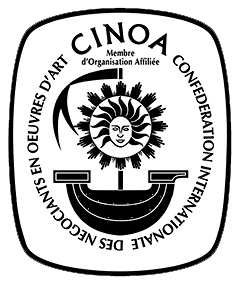Large casket, Embriachi school
Global shipping available
- Origin
- Venice, Italy
- Period
- C. 1475-1500
- Material
- softwood base, glued with wood and bone (some colored green), bone (partially green colored), pewter
- Height
- 15.5 cm
- Width
- 41.5 cm
- Depth
- 30.5 cm
- Literature
E. Berger, Prunk-Kassetten: Europäischen Meisterwerke aus acht Jahrhunderten / Ornamental Caskets: Eight Centuries of European Craftsmanship, Hanns Schell Collection, Stuttgart/Graz 1998, pp. 89 -101.
F. Gualandi, L. Mor & G. Gaggioli, Capsellae. Cassette-reliquario e cofanetti della collezione Fornaro Gaggioli. Secoli XIII-XVI, Bologna 2006, pp. 18 - 22.
P. Lorenzelli & A. Veca, Tra/e: Teche, pissidi, cofani e forzieri dall’Alto Medioevo al Barocco, Gallereria Lorenzelli, Bergamo 1984, pp. 260 - 263.
M. Pall, Versperrbare Kostbarkeiten, Kästchen und Kabinette aus der Welt, Hanns Schell Collection, Graz 2006, p. 38.
Questions about this object?
Please use one of the contact options below:
Description
This large casket is richly decorated with the characteristic geometric patterns of the Embriachi style. The sides of the casket are decorated with a checkerboard pattern, a band with black and white half diamonds and a band with a triangular ribbon pattern. The lid of the casket is decorated with a geometric pattern of triangles, forming star-shaped figures, framed with three bands, consisting of one band with the same pattern as on the sides, a diamond shaped pattern in green and orange, and an arrow-shaped band. On the lid is a beautiful and intricate star-shaped figure, in a green roundel, encircled with diamond shaped figures, in the same pattern as the inner band on the lid, linked together. These patterns are created by juxtaposing lighter and darker pieces of wood, (colored) bone, pewter and black ebony. This is ‘intarsia technique’, a term derived from the Arabic 'tarsi', which means 'incrustation'. The lid and base are framed by a broad band of horn.







